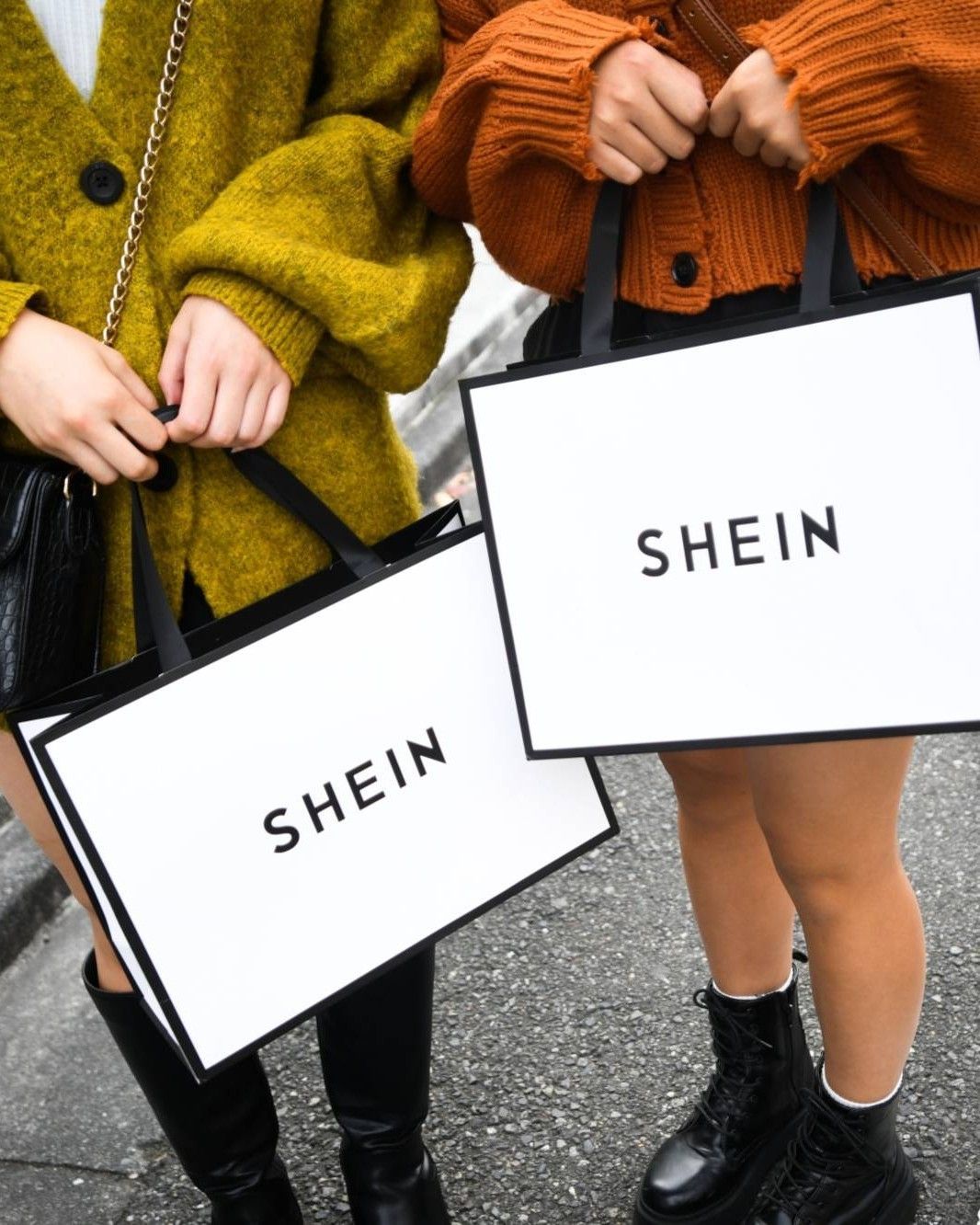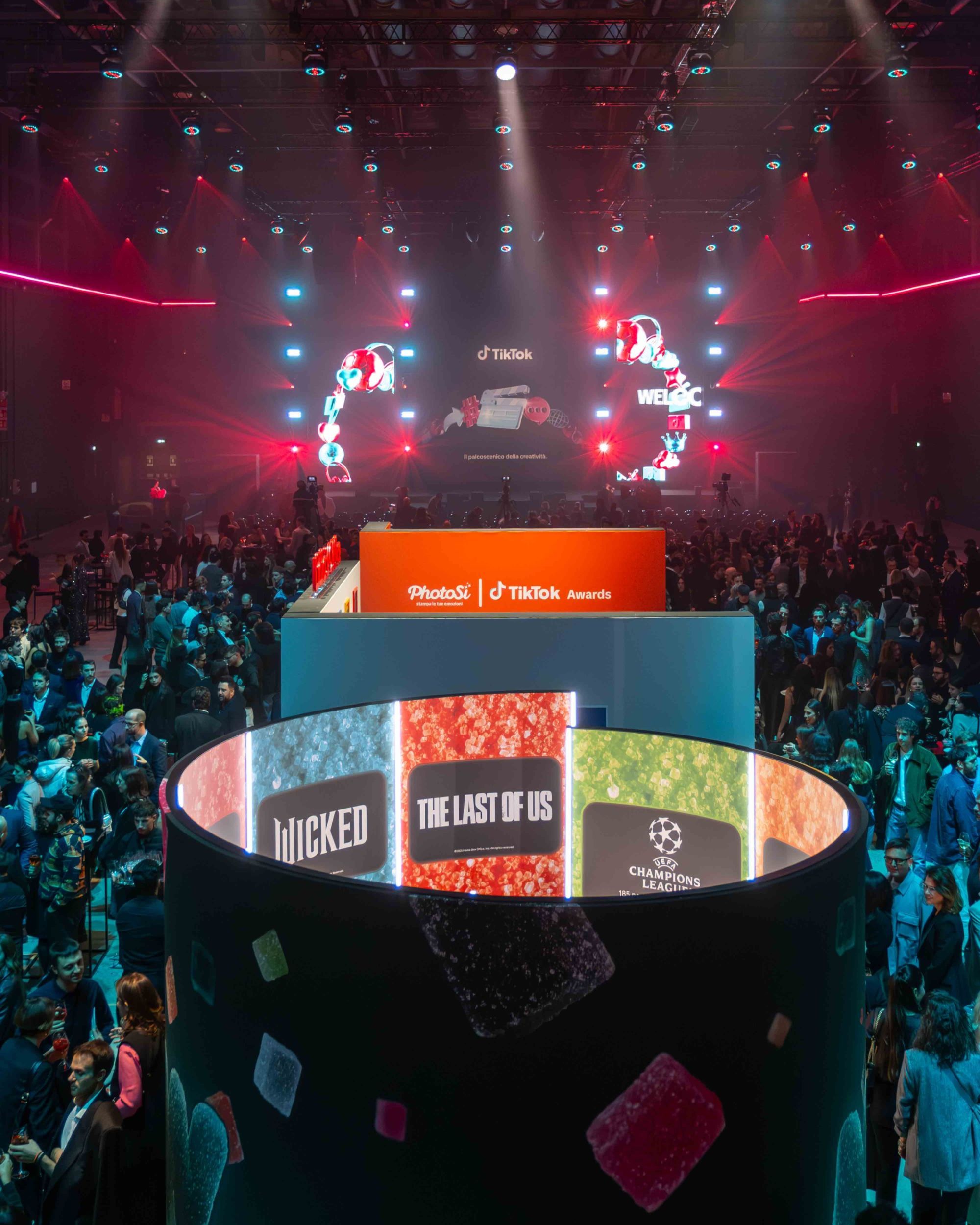
The dupes craze is destroying the planet The trend that keeps fast fashion alive
With 1.5 billion views, the #dupe hashtag on TikTok can safely be taken as the signal of a new buying habit among Gen Z. New in a manner of speaking, since advice on surrogates, knockoffs, and alternatives to designer clothes and luxury perfumes has existed practically forever, and TikTok is just a trendier channel through which to pass on advice and tips previously conveyed through word of mouth or online forums. The only change from the past is that today's dupe seekers have at their disposal the vastness of the Internet as well as physical retail locations where they can find their imitations. There are three types of dupes as far as clothing is concerned: the first type is that of fast fashion brands, as in the case of H&M's lug sole loafers that resemble those of Gucci or Prada; the second type are the imitations by cheaper fashion brands that are not necessarily fast fashion and have on average fluctuating qualities; and the third type are the actual fakes, bought on DHgate.com and AliExpress but also through other locations. Given that fakes such as Dior or Louis Vuitton handbags or Jordan 1s constitute a separate category that has already been discussed in other articles (spoiler: we disapprove), there is one more consideration to be made regarding the first two categories-and that is that they are bad for the environment.
The dupes craze seen on TikTok is a symptom of a disease: the fashion, perfumery, and beauty industries continue to advertise products targeted at Gen Z, a rich and important pool of present and future buyers who are more driven and often more motivated to invest their money in voluptuous goods and who within a few years will make up a significant portion of the market. Gen Z is itself very keen to buy, as mentioned above, but lacks the purchasing power to buy products with often inflated prices and therefore resorts to dupes. Handbags from Target replace those from Prada, boots from Monki closely trace the concepts of those from Bottega Veneta or Versace, PVC versions of boots from Celine and Saint Laurent or slip-ons from JW Anderson populate ASOS, imitations of Moon Boot are tagged by H&M, a €50 Ego Shoes bag mimics Balenciaga's Cagole but made of faux leather - much is said about how fashion is full of waste, but pretty much every time one of these dupes made of plastic is bought and carried to a young buyer's door a tree dies. Things get worse when one descends further into this hell of synthetic leather and "Made in China" labels by finding users searching on Shein for Zara dupes that are themselves dupes of other luxury products. The best part of the whole trend is that in virtually every comment section of the videos where these dupes appear is someone saying, with great expenditure of tearful emoji, that after two months of use the dress or shoe in question has predictably fallen apart.
A wardrobe full of trash, cheap clothes really is not the answer and cannot be instilling the proper confidence or setting up healthy relationships with our bodies and image.
— Syreeta C | Fashion (@SyreetaCFashion) August 26, 2022
And as much as the search for less expensive products as an alternative to popular but very expensive products is something entirely legitimate, it must nevertheless be acknowledged that the trend of dupes on TikTok unnecessarily glorifies a side of the clothing and beauty industry that is inherently polluting, greatly increasing waste and putting a fundamentally unhealthy consume model in a positive light. It is clear that the responsibility for this whole process falls not only on consumers but also on the marketing and pricing policies of luxury brands as well as on an increasingly confusing notion of the concept of "quality" according to which certain products that have a very average position in the market (think of small, medium-priced Made in Italy brands that employ good materials in the construction of their products) possess a longevity and quality almost identical to those of some products positioned higher up. The key to it all lies in the education of the end consumer who, if he or she intends to embark on a liberating shopping spree, should at the very least do so armed with the critical sense necessary to distinguish between products of actual quality that last longer and are made of organic or otherwise more durable materials and the pieces of plastic that in a year's time will have become garbage and will end up further polluting our planet.














































